5G Moto Mod: Everything you need to know

Alongside the Moto Z3, Motorola, along with Verizon and Qualcomm, announced a 5G Moto Mod that's set to be released in early 2019.
A lot of importance was placed on this announcement, but what's the big deal? And should you buy a Moto Z3 just so you can be among the first people in America to connect to the next-generation wireless network? Let's dive into it.
What exactly is this thing?
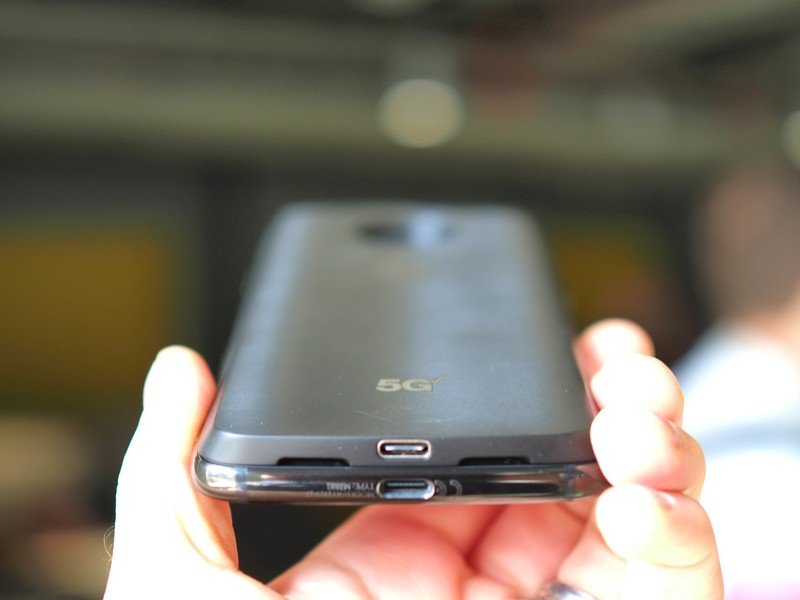
It's a Moto Mod, one of the now-plentiful accessories, or modules, that snap via magnetic pins to the back of a Moto Z phone. The line debuted in 2016 alongside the original Moto Z and Z Force, and compatibility has been retained through 2019 when the 5G Moto Mod is set to debut.
So what is it? It's a relatively chunky piece of plastic that snaps onto the back of the Moto Z3 and "takes over" the cellular connectivity of the phone. Along with the Moto Z3, which is a Verizon-exclusive handset, it offers compatibility with the carrier's nascent 5G network, which is set to debut in four cities — Houston, Los Angeles, Sacramento, and another unnamed location — by the end of 2018.
So what's the big deal with 5G?
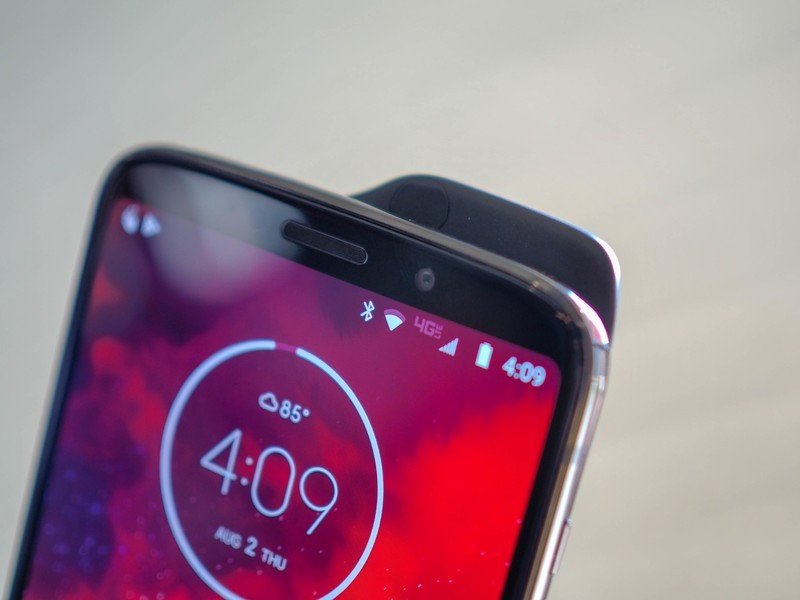
5G is the next generation of wireless technology, and it's set to make a bunch of improvements to the speeds at which our phones connect to the networks and the latency at which they communicate with the internet. In other words, faster uploads and downloads, and less time waiting for those connections to begin.
This particular mod is only compatible with Verizon's 5G network, which is being built on a technology called millimeter-wave, or mmWave. The idea here is that at much higher frequencies than our current networks operate — we're talking microwave frequencies, between 28GHz and 39GHz — there's more "space" for the signal to breathe, allowing for incredible speeds. A typical wireless channel in the mmWave range is 100Mhz wide, between five and 20 times wider than our current LTE networks, which typically operate between 600MHz and 3.5GHz.
5G is also much more flexible than our current networks, allowing for all kinds of low-latency, real-time operations like lag-free VR, driverless car communication, and remote surgeries through high-resolution cameras and robotics. Of course, those applications will come later on in 5G's life cycle. For now, though, when we talk about 5G on phones, we're talking about faster speeds and lower latency.
Be an expert in 5 minutes
Get the latest news from Android Central, your trusted companion in the world of Android
So how fast will the 5G Moto Mod go?
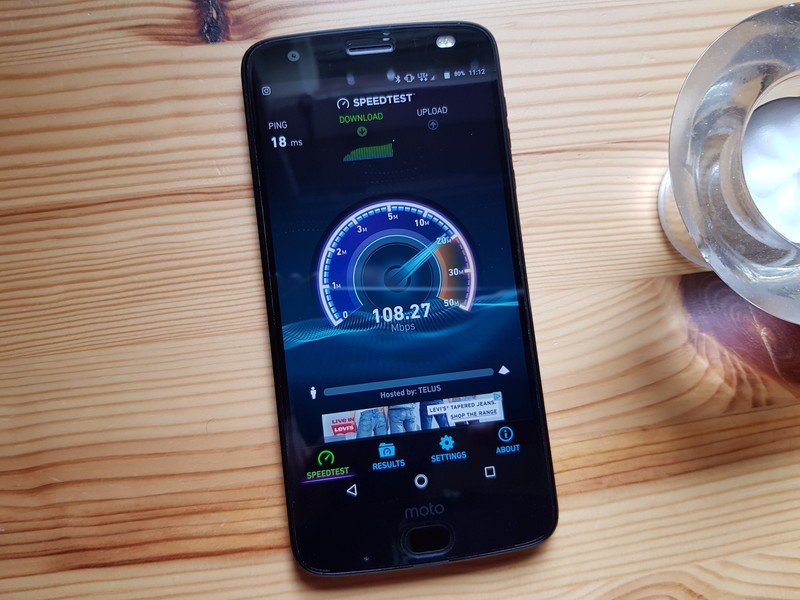
According to Motorola, the 5G Moto Mod will support speeds of up to 5Gbps, or five times that of the fastest LTE networks in the U.S. You may have seen Qualcomm, the supplier of the 5G modem in the Mod, tout the "gigabit" capabilities of its recent LTE modems. Well, this is five times that speed. And that's thanks to the Snapdragon X50 modem inside.
Now, there are a few caveats. The high frequencies that these mmWave 5G networks operate prevent signals from traveling very far. That means, at least for the first few years, you're unlikely to get a 5G signal while inside buildings. They're also more susceptible to interference than lower-frequency LTE networks, though the presence of four 5G antennas inside the Moto Mod is an attempt to prevent such interference.
What about when you don't have a 5G signal?
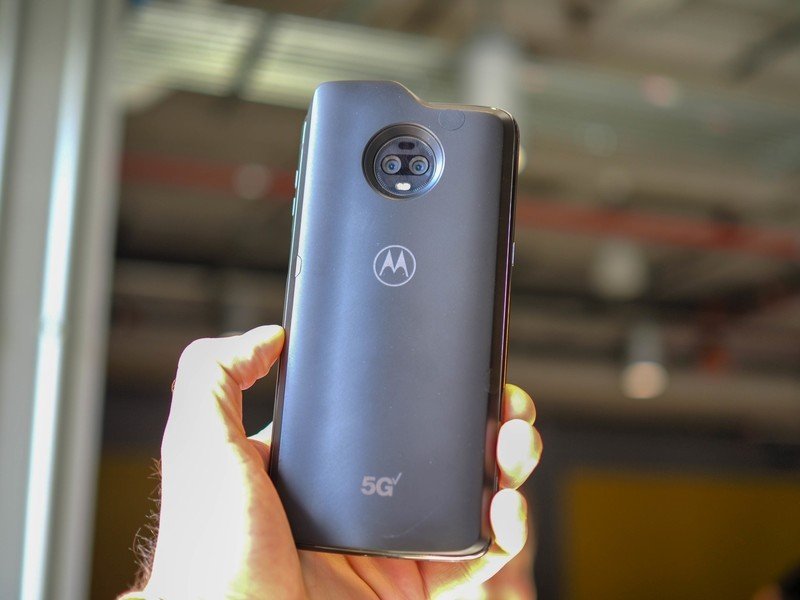
Good point. When Verizon releases the 5G Moto Mod in early 2019, there will only be a few places that offer 5G signal. So what do you do when you're out of range of those super fast speeds? Well, you could take the Mod off and return to using the Moto Z3's regular X16 LTE modem, but there's an alternative.
See, there's also a fallback X24 LTE modem in the 5G Moto Mod that's two full generations newer than the one in the Z3's Snapdragon 835. The X24 supports 2Gbps LTE and should perform significantly better than the one in the phone itself, offering higher average speeds and better reception all-round.
Does the modem in the phone turn off when the Mod is attached?
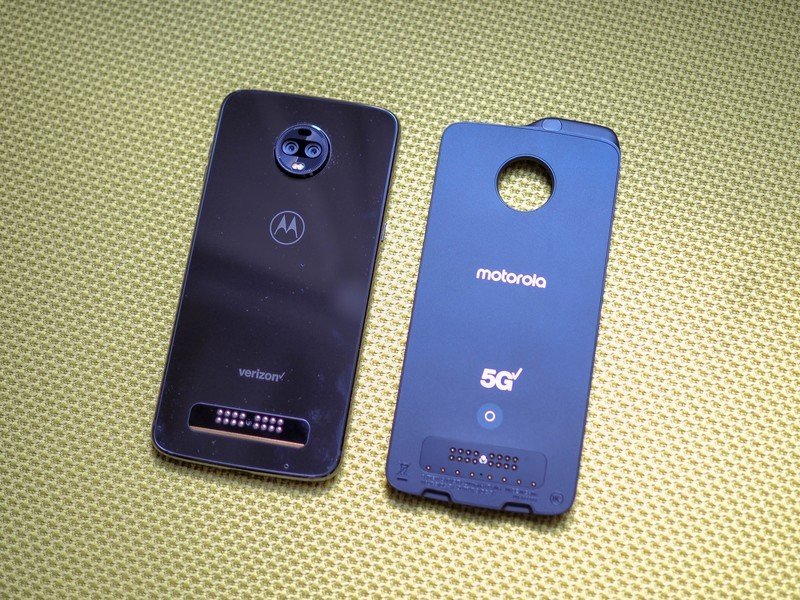
Yes, sort of. It goes into a low-power state, but it can't turn off completely. That's because in its current configuration, 5G networks only transmit data — they can't do phone calls. That means when your Moto Z3 receives a call, the X16 modem inside the phone kicks back into gear and shuts off when the call ends.
When you remove the Mod entirely, the phone's modem once again takes over.
What else can the Mod do?
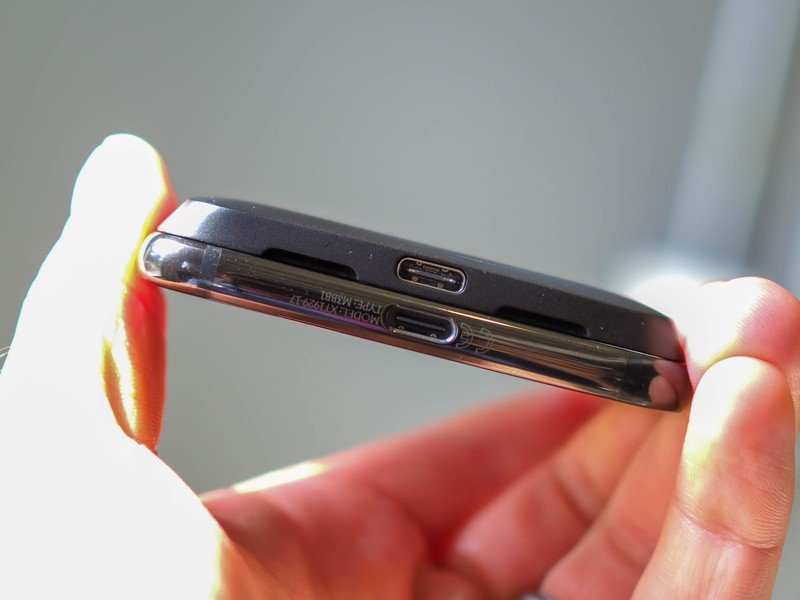
Because 5G is pretty power hungry, there's a 2,000mAh battery inside that feeds the monster. It's unclear whether the phone's battery will take over once the Mod's is depleted; Motorola says it's still figuring that out.
There's a SIM card in the Mod, too, separate from the one in the phone. It's unclear right now what the relationship between the phone and Mod will be — again, Verizon and Motorola are figuring this out in real time — but it seems like the Mod will pair with a specific phone, so it may not be usable with another Moto Z3 unit.
Will the Mod work with other Moto Z phones?
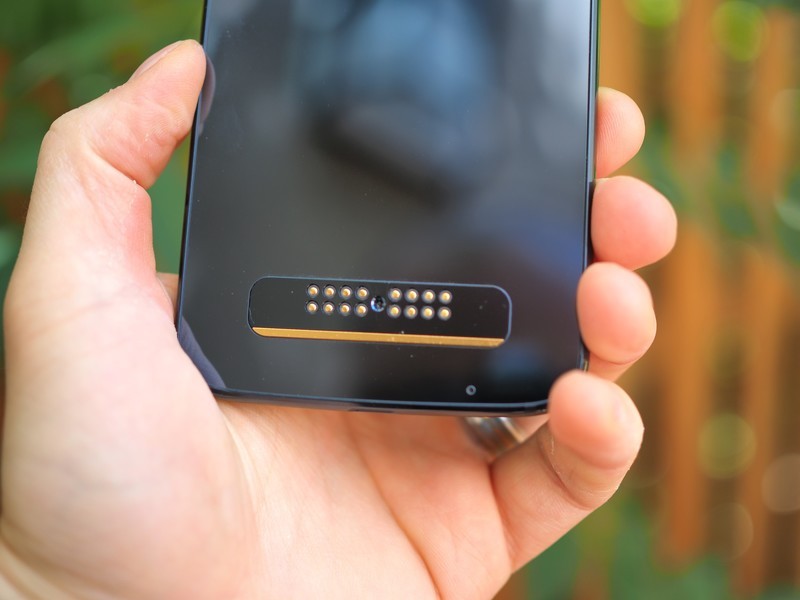
Right now, no. The Mod is built specifically for the Moto Z3, and at this time I believe it will need to be activated for a particular phone itself. That means you may not be able to swap the Mod if there's more than one Moto Z3 in the family. We'll update this bit as we learn more.
Do you know pricing and availability?
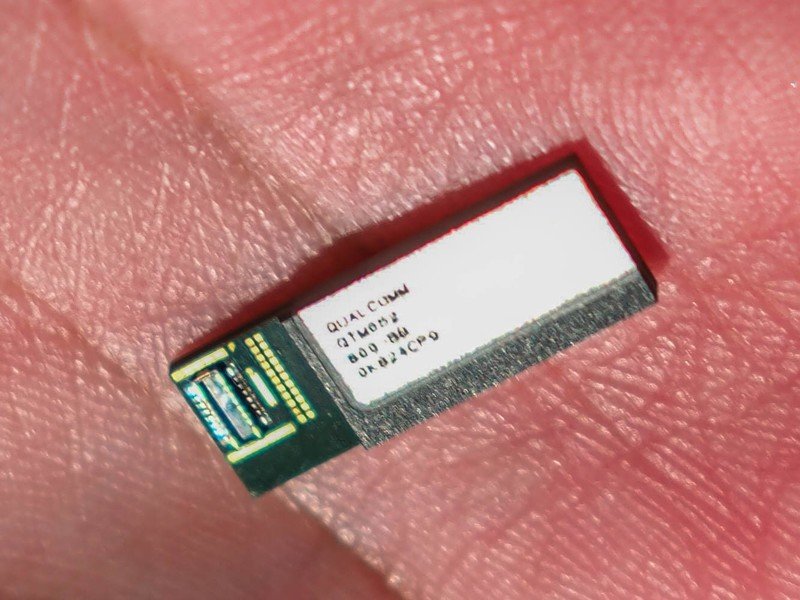
Not right now. The 5G Moto Mod is only going on sale in "early 2019," according to Motorola, and Verizon isn't saying much about its own plans at this point. The reality is that Verizon's 5G network isn't even close to ready for prime time, and the demos Motorola showed us of the Mod were very early, using unfinished, buggy prototype hardware. Both companies have a long way to go before the 5G Moto Mod is commercially ready.
Why is Motorola even making this?
Verizon and Motorola have a very special relationship dating back to the early Droid days. Back then, Verizon needed an iPhone competitor, and Motorola was one of the biggest handset makers in the world. But since then, Motorola's leverage has weakened, and it's forced more closely to meet the demands of its carrier partners. That means when Verizon wants to be the first to market with a 5G mobile product, it turns to Motorola's scalable, flexible Mods platform for functionality.
In truth, it's kind of a brilliant compromise, one that favors Verizon and gets Motorola some much-needed positive press. At the same time, the 5G Moto Mod is unlikely to sell in volume, since it's tied to a phone that, to put it mildly, isn't going to fly off the shelves.
What next?
We wait until Verizon launches its 5G network in four cities by the end of 2018. The initial rollout will be for home broadband using specialized hardware in specific areas. Once the kinks are worked out, the carrier will expand its 5G footprint to mobile devices, and that's when the 5G Moto Mod can launch.
I wouldn't be surprised if "early 2019" is more like March or April, and I still wouldn't be surprised if that release date gets pushed back to the summer of 2019. It doesn't make any sense for Verizon to market a product for a network that's not finished, and with any network rollout, there are inevitably going to be bugs to work out.
Are you excited for 5G?
5G is a big deal — or at least it will be. For now, though, it's still pretty theoretical. Still, the potential is quite exciting!
Are you excited for it? Let us know in the comments below!
Moto Z3 hands-on preview: A Verizon exclusive with 5G flourish
Daniel Bader was a former Android Central Editor-in-Chief and Executive Editor for iMore and Windows Central.

